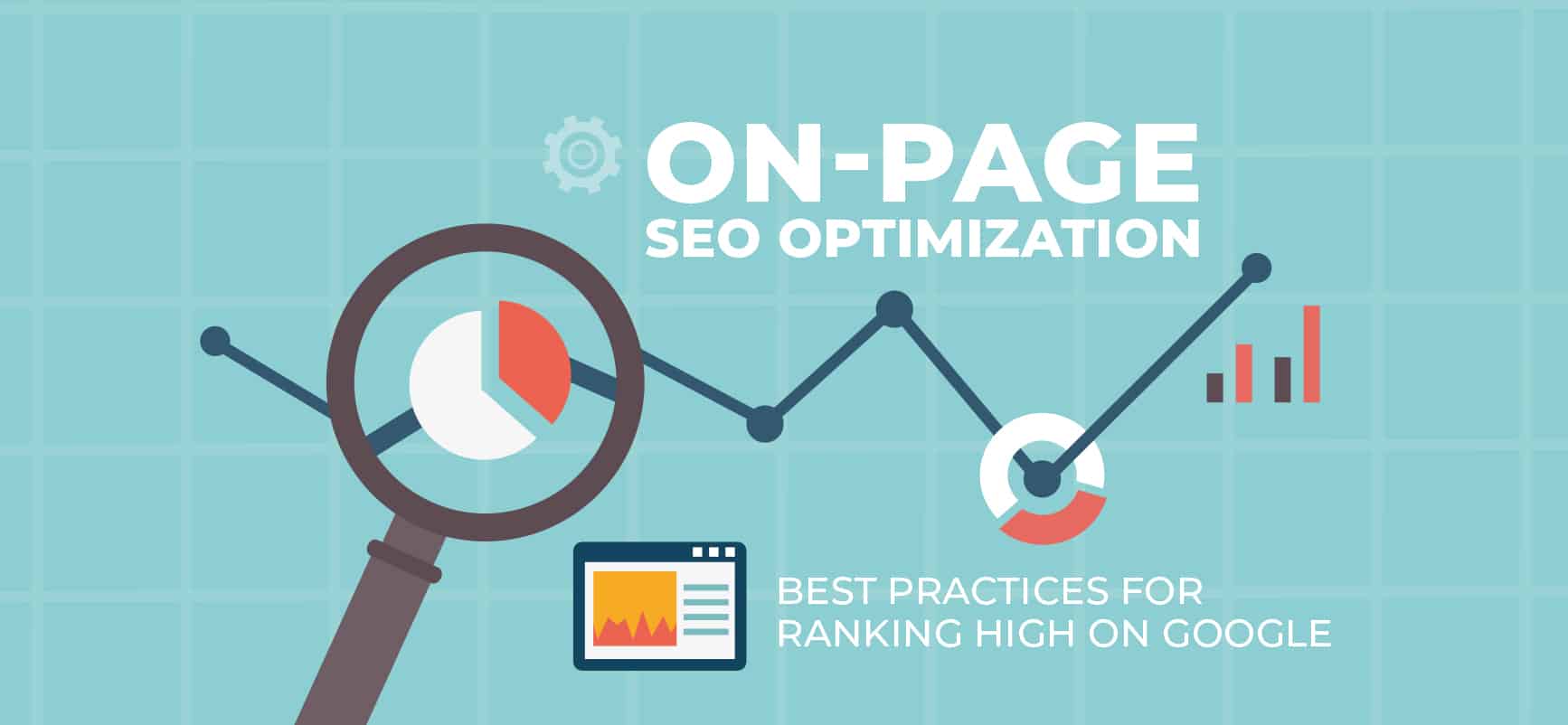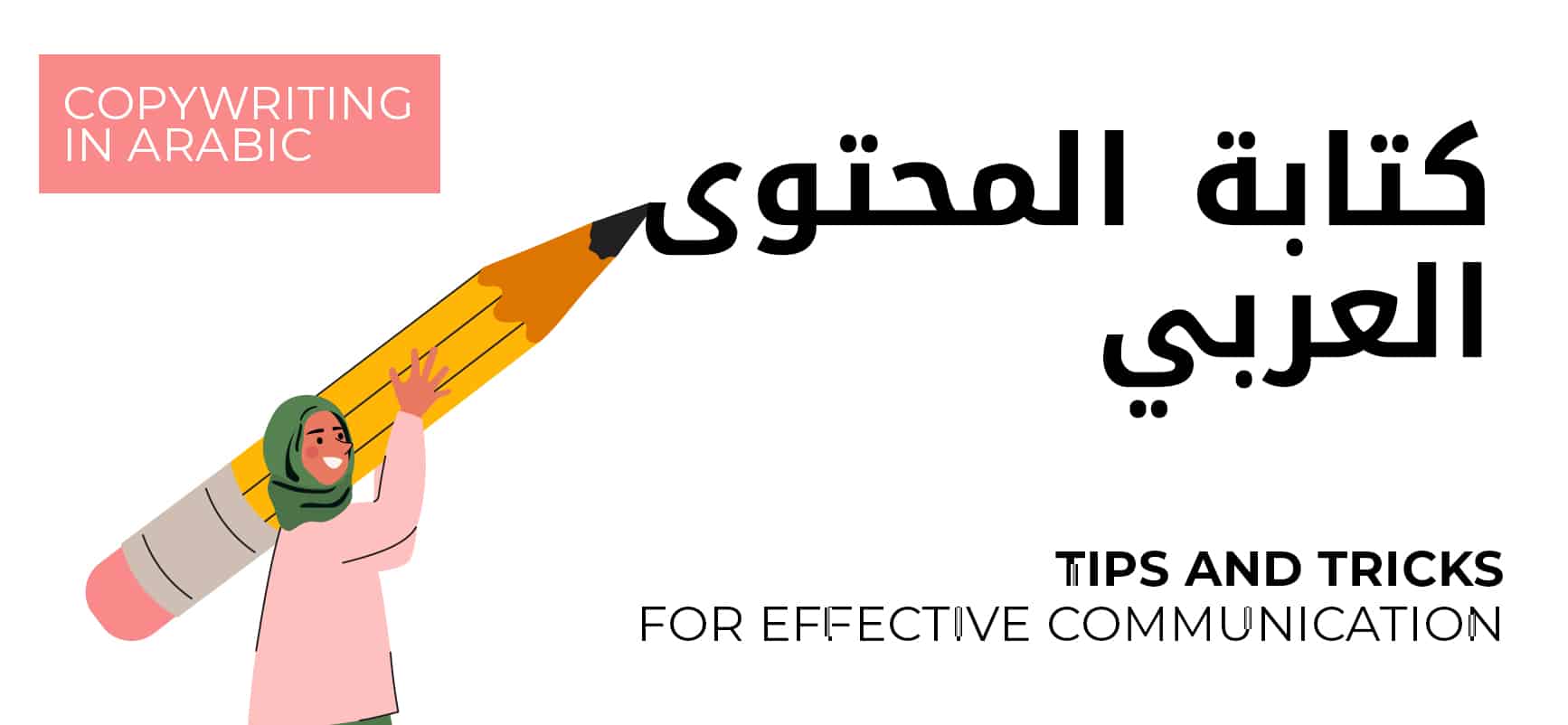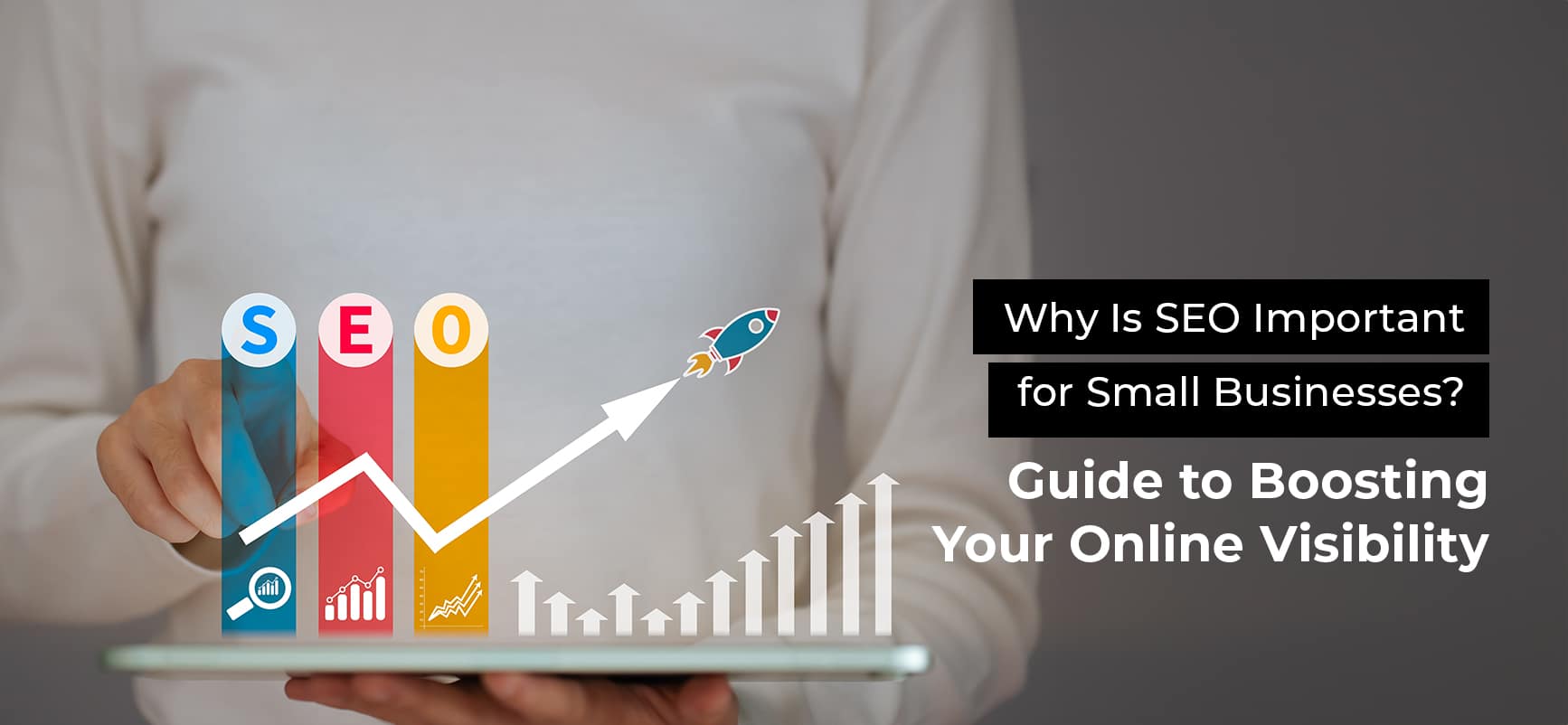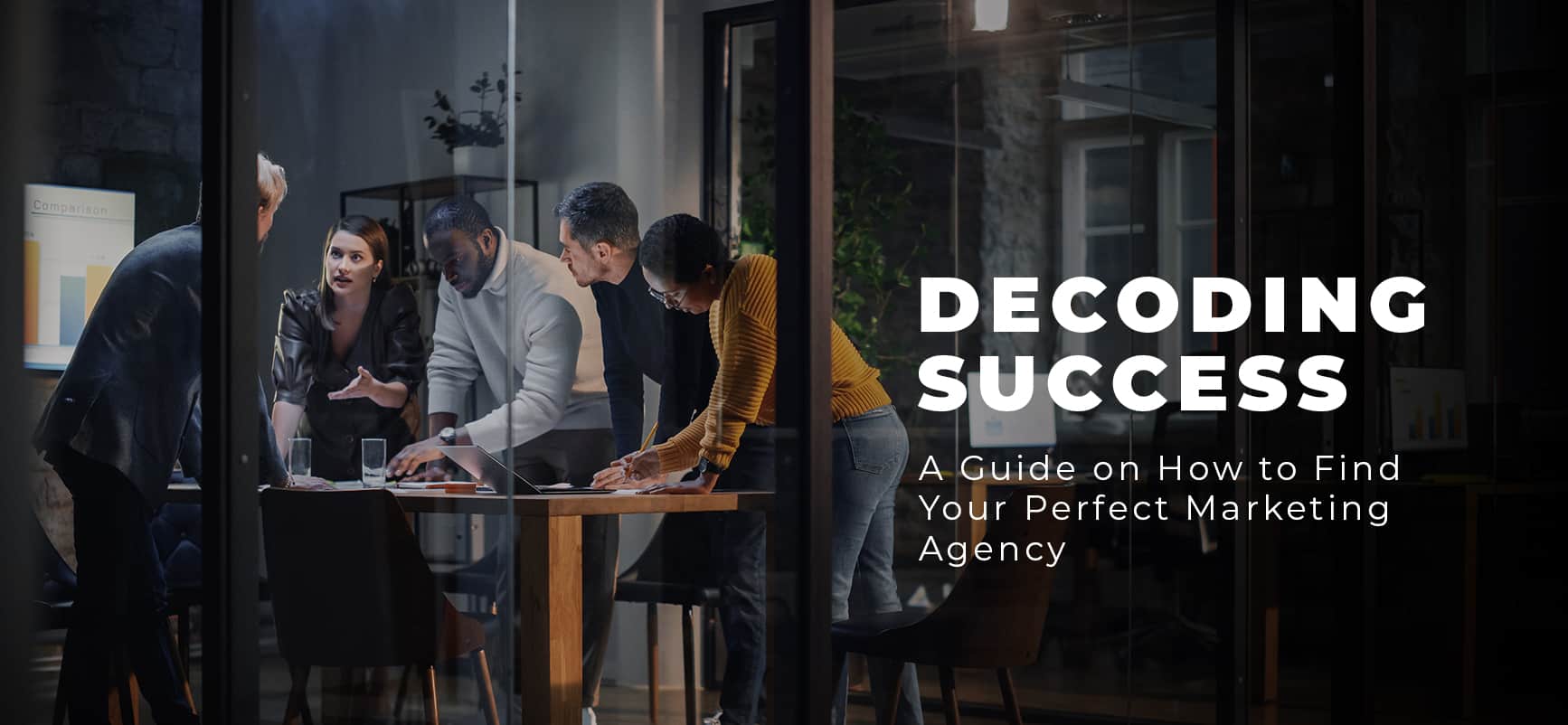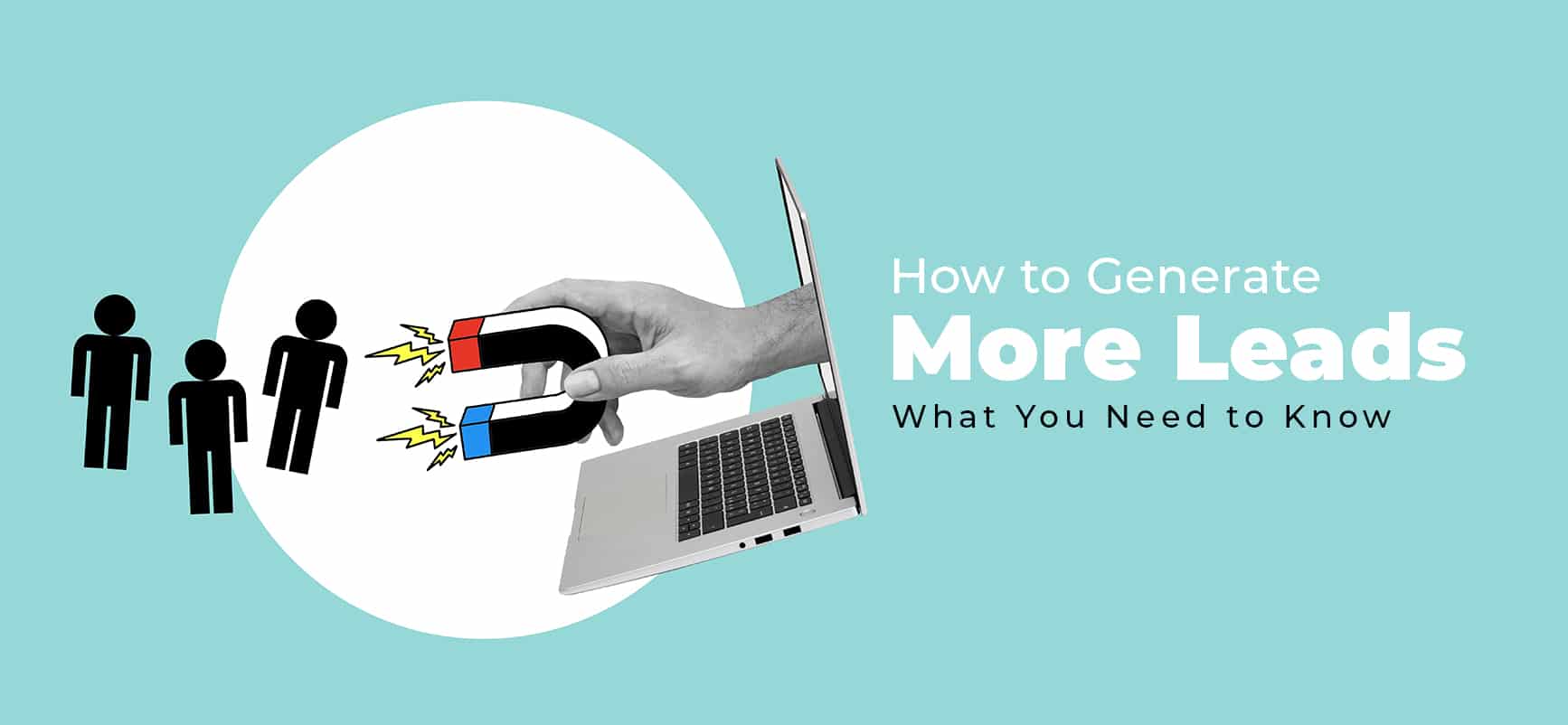On-Page SEO Optimization: Best Practices for Ranking High on Google
Introduction
How do you win a game that never ends? A game that has rules that change and shift like the wind.
The SEO game is designed to be forever, well…optimized. And the key to success is to stay ahead of the game and to move like water when the almighty algorithms change course, and our Google overlords decide to shake things up (again).
You could be on top of the world one day and be knocked all the way down the SEO power rankings the next, and beating the competition means you need to stay alert, adaptable, and strategic.
On-page SEO optimization and its associated best practices are ever-evolving, but at its core, its processes are driven by some eternal truths. Master these and navigating the inevitable spanners that are thrown in the works will be infinitely easier.
Let’s look at how you can use best practices to get your business ranking higher on Google searches.
Table of Contents
How important is on-page SEO optimization?
So, you have a fantastic website. Your imagery attracts gasps and eyeballs alike, its pages full to the brim with informative and engaging content, and your products or services are solving all your customers’ problems.
But (and it’s a big but) if your website isn’t optimized for search engines, it’s like having a party without any guests, and when you want to build your brand and make more sales, you need more guests.
On-page SEO optimization is like sprinkling glitter that makes it impossible for your customers and search engines to ignore.
When your website is optimized for on-page SEO, it sends all the right signals to search engines, saying, “Hey, over here! This is valuable and relevant content that users are searching for!”
And in return, search engines reward you by ranking your website higher. Think of it as a virtual thumbs-up from Google, saying, “Good job, you’re doing great!”
The truth about your website
Here’s the deal.
Close to half of all website traffic comes from search engines. That’s a lot. And about 40% of online revenue is generated from that search traffic too.
So, if your website isn’t optimized for on-page SEO, you could be missing out on a considerable number of potential customers and revenue.
Let’s not forget about the importance of your competition because, without on-page SEO optimization, your website might get buried below your competitors in those search results, leaving you lagging behind in the race for clicks.
The top result on Google gets more than 32% of keyword traffic. And the whole first page of search results accounts for a whopping 91.5% of that traffic.
That’s a lot of eyeballs on those top-ranked websites, and by optimizing your on-page SEO, you increase your chances of landing a spot on that coveted first page and grabbing the attention of potential customers.
On-page SEO best practices that search engines love
There are three key elements on-page SEO optimization that you must pay close attention to: meta data, on-page content, and internal linking.
- Meta data
This is the information that shows up in search engine results. You’ve got your title-tag and meta description, which basically tell search engines and users what your page is all about.
Think of it like the packaging for your website. It should be optimized with relevant keywords and detailed content so that search engines and customers can easily understand what you’re offering.
- On-page content
This is where the magic happens and with well-written, quality content that aligns with your meta data is like a language that search engines understand.
By strategically placing keywords in your content, you’re both satisfying search engine queries and meeting the needs of users.
- Internal linking and site structure
Imagine having a website that’s a maze with hidden doors and secret passages. Not very user-friendly, is it? Search engines feel the same way and your website needs to have a clear and easy-to-navigate structure, it’s a crucial aspect of on-page SEO optimization.
Navigation bars, footers, and anchor links, all enable search engines to link your customers to relevant pages based on their queries. Don’t leave search engines scratching their heads trying to find your pages.
Take a page out of Google’s Webmaster Guidelines and create useful, information-rich pages that accurately describe your content and ensure you are creating that content for your customers, too.
Now let’s take a look at the 10 essentials for your on-page SEO optimization.
E-E-A-T more
Google loves some good E-E-A-T, which stands for:
- Experience
- Expertise
- Authoritativeness
- Trustworthiness
This delicious little acronym determines how your site gets ranked by search engines and Google mentions E-E-A-T a massive 135 times in their Search Quality Guidelines (which is like their rulebook for ranking websites).
And while Google hasn’t spilled all the beans about what exactly goes into E-A-T, we know for sure that things like PageRank and links play a role. But your on-page signals, like the content on your site, also carry weight when it comes to E-A-T. Make sure you know what you’re talking about and that you sound authoritative, and trustworthy.
Use keywords
Keywords can make or break your website’s relevancy and when your customers type a query into Google, they’re basically asking a question. It’s your website’s job is to be at the front of the queue to answer it.
How do you do that? It’s all in the language.
If your website’s pages use the same keywords that people are searching for, then Google will click realize it has the answers they need. For example, if you’re running a furniture store, sprinkling keywords like sofa, dining room set, and dinner table all over your website is on-page SEO optimization at its best.
Doing some research to figure out what your dream customers are searching for helps you create content that includes keywords and attracts the right attention.
SEO Writing
SEO writing is fine balance and the art of writing for both humans and search engines is like juggling flaming swords while riding a unicycle. Something our agency excels at.
Tricky, but not impossible.
You want your content to be easily readable by us humans while still ticking all the boxes for SEO best practices. Here are a few key takeaways:
- Make it super scannable so people can find what they’re looking for in a flash, avoid keyword stuffing.
- keep your sentences and paragraphs short to avoid overwhelming your readers.
- Use subheadings to guide them through your masterpiece, and sprinkle in some bulleted lists.
Take your visuals up a level
All your images, videos, and infographics are on-page SEO optimization powerhouses and so much more than just nice to look at. In fact, over a third of consumers use visual search while shopping online so if you’re not using images on your site, you’re missing out on some serious traffic.
How do you optimize them?
- Use SEO-friendly alt tags, the descriptions for your images that search engines can read.
- Choose the right file size for faster loading
- Give your images catchy file names not ‘IMG_08759’
- Ensure they’re mobile-friendly and make them shareable to acquire backlinks and boost your E-E-A-T score.
Get your HTML in order
HTML, stands for Hypertext Markup Language, and while it is a mouthful, it’s like a secret code that structures your webpages and tells search engines what your site is all about. Essentially, it’s a roadmap to navigate and rank your site. So, when it comes to on-page SEO optimization, you have to do your due diligence on your HTML.
Here are a few factors to consider:
- Title Tags: Small, but it packs a punch, your title tag is like the headline of your webpage and when coupled with other on-page elements, it can help build context and show Google just how relevant your site is.
- Meta Description: While they may not directly impact your search ranking, they can help Google understand what your page is about, and more importantly, they have a big influence on your click-through rates (CTRs).
- Image Optimization: We touched on the importance of using images on your site, but let’s take a closer look them in an actionable way:
- SEO-friendly alt tags to describe your images to search engines. Second, choose the right format and file size for fast loading because nobody likes a slow-loading site.
- Give your image files meaningful names instead of something generic.
- Make sure your images are mobile-friendly.
Geotagging for local search
Never neglect the customers closest to you and on-page SEO optimization for local search is especially important for small-and medium-sized businesses.
There are three main tactics to consider:
- Optimizing your local listings and citations, optimizing your local content, and building links with other local businesses and organizations.
- Include your target location in your keywords and sprinkle it throughout your content.
Website structure
Your website structure is like the foundation that holds everything together and it’s important for two reasons:
- It helps search engines crawl your site effectively.
- It creates a better experience for your visitors.
Here’s what you can do make the user experience a smooth, memorable, and attractive to search engines:
- Site Speed: Slow loading times can actually hurt your search ranking and page speed is a ranking factor in search results. So, make sure your site is speedy by enabling compression, reducing redirects, optimizing images, and leveraging browser caches.
- Responsive Design: Mobile browsing is the way of the future, but also the present and Google has long been prioritizing sites with responsive designs in mobile search rankings. So, for on-page SEO optimization Google strongly recommends having a mobile version of your site so optimize it for mobile-friendliness if you want to keep up with the times.
- URL Structure: Once so important to rankings, URL structure now plays a reduced role, but search engines still use your URLs in your SEO score. There is also evidence that it factors into your site’s initial ranking. Some experts also believe that while it shouldn’t be top of your list, it still has an impact on your ability to rank high.
Grow your business with PROVEN 360 and let our expert SEO team take you to the top
From keyword research and on-page SEO optimization to link building and content creation, we leave no stone unturned in our quest to take your business to the top of those hallowed search pages.
At Proven360, we take a holistic approach to SEO. We understand that a successful SEO strategy is not just about ranking high in search results but also about providing an exceptional user experience.
That’s why we focus on website design and functionality, ensuring that your visitors have a seamless and enjoyable browsing experience. With Proven360 by your side, you can rest assured knowing that your business is in capable hands.
Talk to us about how our dedicated team can continuously monitor and analyze your website’s performance, making necessary adjustments along the way to ensure maximum visibility and growth.

